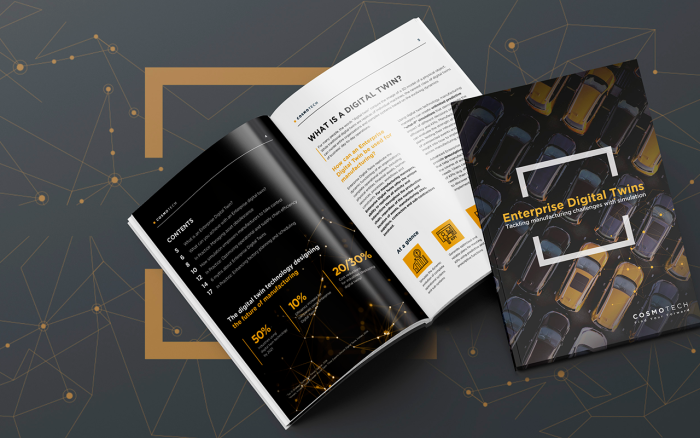Justification of Asset Investment
Grid operators face the most disruptive time in their history; aging infrastructures requiring significant investments, changing consumption patterns, and greater demand. These changes and the move to renewables and technology-driven smart meters means grid operators are at a point in their history where they must rethink their networks as they move to a more customer-centric model.
This reinvention of the future grid means asset managers will require a new approach to investment justification. Due to the high level of investment needed to modernize the network, asset managers will not be in a position to sign off budgets. The asset investment plan will be part of the overall business strategy and, as such, impact consumer prices and thus require regulatory and stakeholder justification.
The asset management financial plan, due to its magnitude and complexity, needs to take into account both the internal and external factors that will impact the business in the years to come and demonstrate investment viability. To do so requires a modeling tool that can consider many factors such as grid model, human resources, asset management, and risk while considering external factors such as regulatory requirements, energy prices, and climate change.
Simulation digital twins are the only technology capable of bringing together the internal and external factors to model a comprehensive financial plan. By doing so, the asset manager can present to upper management a strategic investment plan that is optimized, transparent and justifiable. The simulation digital twin can easily adjust investment forecasts (CAPEX, OPEX) in negotiations to reach the best tradeoff.
Utilities today face complex changes ahead. As they center on providing an optimal customer experience, they will need to foresee into the future to ensure a customer-centric approach.
To better prepare for the next generation of challenges, grid operators will need to transform. To do so, they need to embrace new technologies to leverage this transformation and remain competitive. Simulation digital twin software is the key lever to facilitate digital transformation and handle existing and upcoming challenges.




